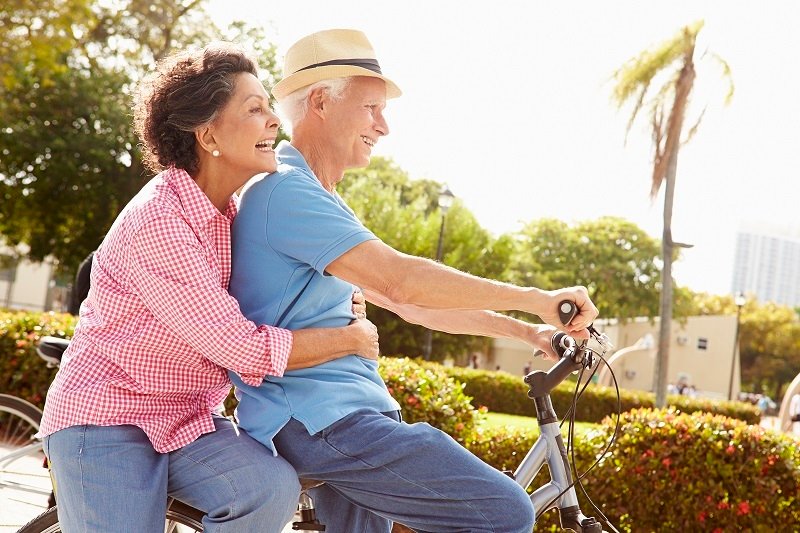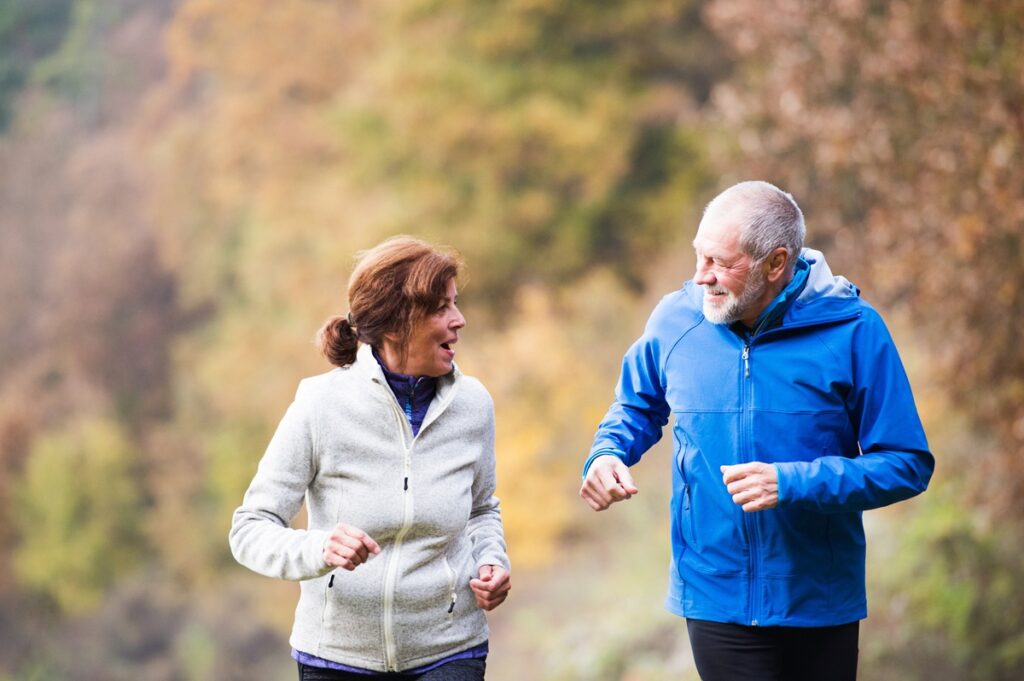Today’s seniors are not only embracing the concept of active aging, they are redefining what it means.
Between 2015 and 2050, the proportion of the world's population over 60 years will nearly double, going from 12% to 22%. In fact, by 2020, the number of people aged 60 years and older will outnumber children younger than 5 years, and pass one billion for the first time. That means 1 in every 7 people in the world will be over the age of 60.
The Senior Living Industry has had its eye on this population shift for decades, anticipating changes and innovating solutions that will help them serve a larger and more diverse group of seniors than ever before. But, it’s seniors themselves that are dictating many of these changes as they make radical shifts in the idea of what it means to be old.
Retire? We’re not retiring.
A growing number of older adults in the US are working years longer than their parents and grandparents. In 2017, almost 19% of people age 65 or older were working at least part-time, a trend that most experts say will not only continue but increase. In fact, it’s expected that 36% of 65 to 69 year-olds will be active participants in the labor market by 2024.
There are a lot of reasons that today’s baby boomers are continuing to work past “traditional” retirement age, but one of the biggest contributors is that so many of them are healthier and expecting to live longer than ever before. Many love their jobs and want to stay active, sharp, and productive. They believe they are going to live for at least a couple more decades and want to make the most out of those years through their work.
Defining the Concept of Active Aging: What Today’s Seniors Want
Even among those who are continuing to work, most of today’s seniors have more free time and disposable income than they had in their younger years. They view their current stage of life as an opportunity to do things they’ve always wanted to do but have never had the chance. Rather than embracing old age as a time to slow down, they’re traveling, taking on new hobbies, and embracing physical pursuits once perceived as activities reserved for the young.
Instead of thinking about their golden years as the “end” of their life, they are looking for ways to optimize their freedom, and in so doing are defining the concept of active aging.
Oh, the irony…
Just when they get to the place in their life when they have the freedom to pursue their passions and interests, many older adults start to feel the effects of deteriorating muscle mass and other age-related health challenges. The realization dawns that if they are to optimize their later years and do all the things they want to do, they’re going to have to take better care of their health and fitness. As a result, many older adults are looking for facilities, equipment, trainers, classes, and activities that will help them remain physically active, even if they haven’t been very active in the past.
They want fitness centers that are close to home, with training and equipment options specifically designed for older adults. Some are dealing with illness, injury, or limited mobility. Rather than surrendering to these challenges as an inevitable part of aging, they are looking to the medical and fitness industries for options that will help them overcome their ailments and come back stronger than ever.
How technology and advances in medicine are supporting active aging.
It’s nearly impossible to have a conversation about the Millennial generation without talking about the role technology has played in shaping their experience of the world. But, technology is not only for the young, and older adults are embracing it to support their interests, needs, activities, and desires.
Case in point: the fastest growing demographic on twitter is 55 to 64 year olds, having grown 79% since 2012. Likewise, there’s been a 46% increase in the number of 55 to 64 year olds on Facebook and a 56% increase on Google.
As a primary desire of seniors is to remain active for as long as possible, many companies are focused on developing technology-driven products that support independence. For example, many senior living communities are installing systems that allow residents to take their own vital signs and send them to caregivers for remote medical monitoring. A variety of technologies on the market today use sensor systems to detect and report falls or other disturbances from within a person’s home, notifying someone for help if abnormal activity is suspected.
Manufacturers are even designing shoe insoles that use GPS to track Alzheimer’s patients and clothing that monitors heart rate, respiration, and other vital signs. In the coming years, we’re likely to see self-driving cars, shoes that deter falls, shirts that administer CPR, robotic live-in health care aides, and smart homes with voice controls.
All these advances are the result of manufacturers responding to the desire of an ever-growing population of older adults to live well for as long as possible.
In the fitness industry, HUR SmartTouch technology, a cloud-based computerized exercise and operating solution, makes it easy for trainers to create and manage their clients' training programs, monitor individual progress, and track outcomes across time and peer groups. The technology also makes automatic adjustments to strength training machines for each user and displays individual training plans and progress on an easy-to-use touch screen.
CyberCycle and SCIFIT have designed cutting-edge cardio equipment specially designed for the needs of older adults. The machines are compatible with the HUR Smart Touch system, displaying individual training programs while tracking and monitoring individual progress equipment usage.
And you know what? Seniors dig it.
"I use the HUR strength training equipment at Fuller Village and find it to be particularly great for seniors like myself. I especially like the computerized auto-adjustments and memory. HUR has got me excited about exercising again!" - Paul Riley, resident of Fuller Village
"I started strength training for the first time in my life because we have HUR equipment. Before, I was intimidated and afraid I'd do it wrong. The HUR Smart technology takes all the guesswork out and gave me the confidence to go for it. Today, I feel stronger than ever. I can even do push-ups! It's especially nice to get in a workout that targets every muscle group in just 35 minutes!" - Ann Riley, resident of Presbyterian Village North




